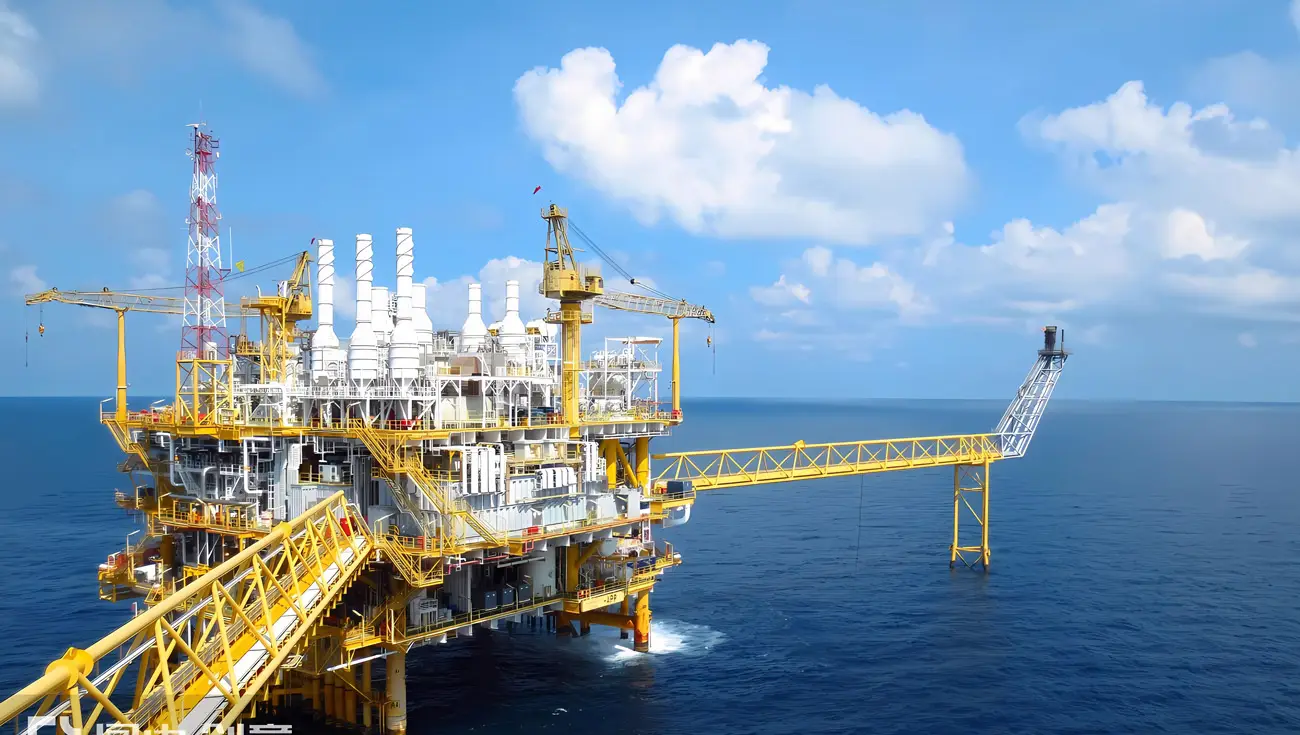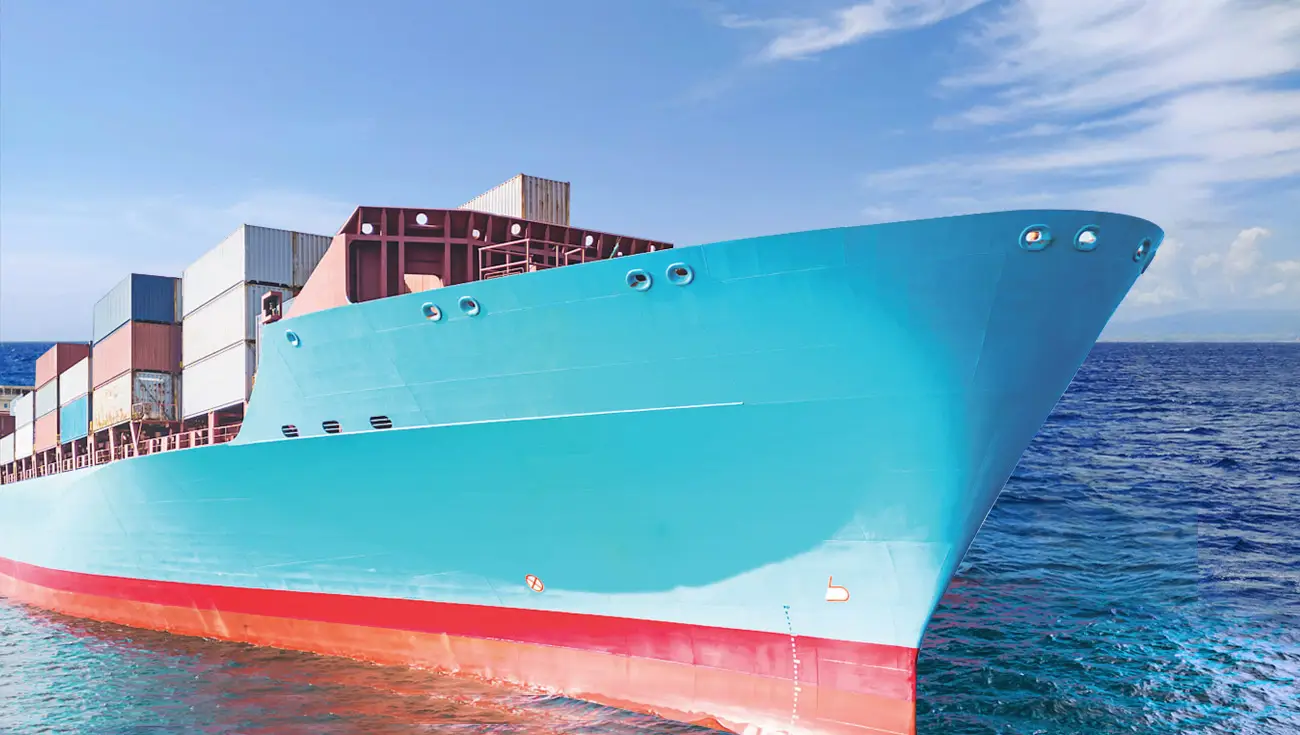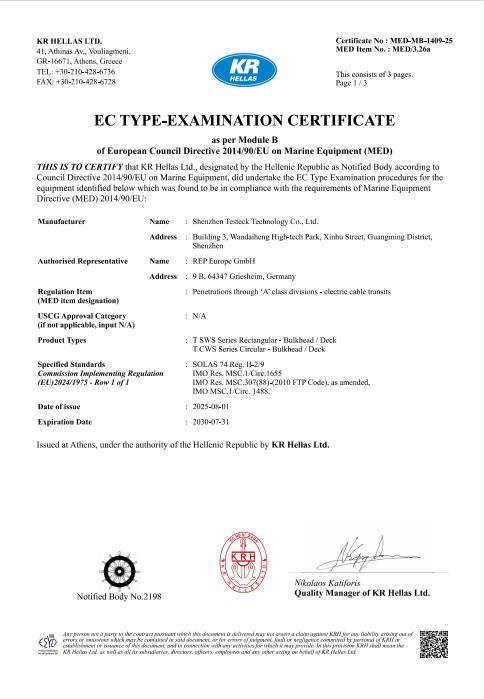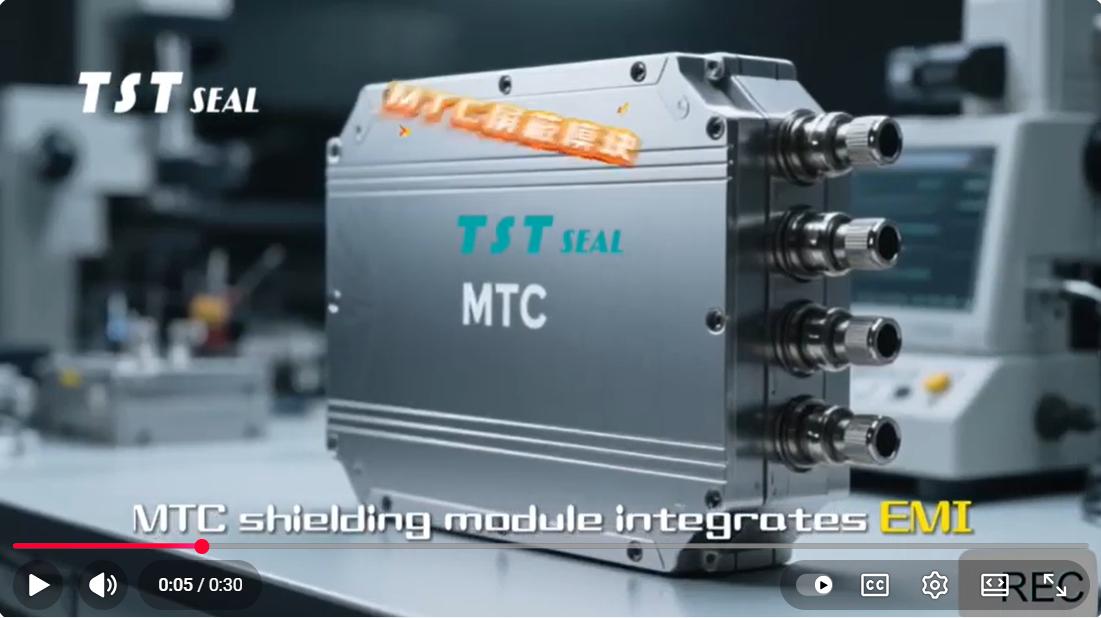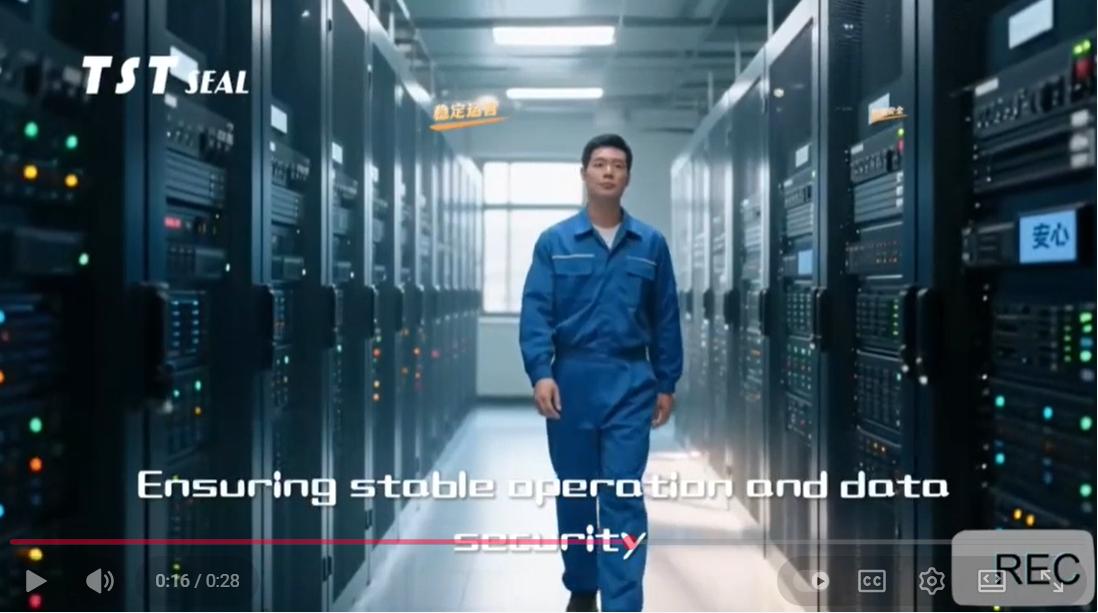
TST Seal :
- Fireproof
- Cable fixinAg
- Watertight
- Airtight
- Dustproof
- Noise reduction
- Vibration reduction
- Pressure resistance
- Corrosion resistance
- EMI/EMP
- Pest & rodent resistance
Related Articles
- circular seal (7)
- flange sealing (1)
- industrial sealing (2)
- MCT Transit Sealing System (2)
- rectangular seal (34)
- sealing modules (31)
- sealing solution (12)
In-depth Analysis of the TST SEAL Ship Cable Sealing Fire Protection Standard and Technical Implementation Case Studies
Ship cable penetration seals are a core line of defense for fire safety. The standard system is based on the SOLAS Convention and forms a rigorous technical closed loop through the IMO FTPC test specifications and the unified requirements of the IACS classification society. The following is a systematic breakdown of the key aspects of the fire protection standard by the TST SEAL Sealing Module Factory, along with a technical implementation path illustrated by combining practical applications with high-performance products.
- SOLAS Convention: The Legal Framework for Fire Safety
01 Integrity of Fire Divisions (Regulation II-2/10)
Core Requirements:
When cables penetrate Class A divisions (e.g., bulkheads between engine rooms and corridors) or Class B divisions (e.g., accommodation partitions), a certified sealing system must be used to ensure:
Zero flame penetration (integrity)
Controlled heat transfer (insulation, Class A requirement only)
Seal failure is considered a complete failure of the fire barrier, accelerating the spread of fire.
Mandatory Fire Resistance Classification:
grade | Fire resistance time | Thermal insulation requirements | Typical Applications: |
A-60 | 60 minutes | Average temperature rise on the back side ≤ 140°C | Engine room boundaries, escape routes |
A-0 | 0 minutes | No insulation required (integrity only) | non-critical Class A bulkheads |
B-15 | 15 minutes | No insulation required | accommodation partitions, storage rooms |
*Note: A-0 requires fire resistance integrity, but no time limit (i.e., fire must be instantly arrested upon occurrence).
02 Material Safety (Regulation II-2/9)
Low Flame Spread: Passes IMO FTPC Part 5 (surface materials) or Part 2 (non-surface materials), with flame spread length ≤ 150mm.
Low Smoke and Toxicity (LST): Meets IMO FTPC Part 2 smoke toxicity test:
Smoke density (maximum specific optical density) ≤ 200 (non-flaming mode) / 600 (flaming mode);
Toxic gas concentrations (CO/HCl/HCN, etc.) are below the life-threatening threshold.
- IMO FTPC Fire Resistance Test: The Core of Technical Verification
(Based on FTPC Part 3: Class A/B Division Fire Resistance Test Procedure)
Test Elements | Severe Conditions | Qualification Criteria |
Test Structure |
| Simulation of actual ship structure (thickness ≥ 4mm) |
Cable Load | Seal module installed on standard steel bulkhead/deck | Seal failure due to cable burnout is not permitted |
Flame Temperature Curve |
| Real-time monitoring of the unburned surface temperature |
Fire Integrity (I) | Fully loaded with the manufacturer’s maximum number of cables | – No sustained flame on the unburned surface (>10 seconds) |
Thermal Insulation (I) |
| – No ignition of the cotton pad (no cracks allowing fire to penetrate) |
Additional Assessments | 0-60 minutes heating to 945°C (standard curve) | – Average temperature rise on the unburned surface ≤ 140°C |
Key Note: Testing must be performed by a classification society-approved laboratory, and the same sealing system must undergo multiple tests for different cable combinations (types/quantities).
III. Classification Society Rules and IACS Unified Requirements (UR)
01 IACS UR Z17 (Rev. 6)
Type Approval Mandatory: The sealing system (materials + workmanship) must be certified as a whole. Mixing non-certified components is prohibited.
Material Compatibility: Seals and cable sheath materials must pass chemical compatibility testing (e.g., ASTM D471 immersion test) to prevent corrosion or degradation.
Installation Process Specifications:
Filling density ≥ 95% (no bubbles/voids)
Cable surface cleanliness requirements (no oil/oxidation layer)
Maintenance Requirements: The seal condition (cracks/detachment) must be inspected during the annual ship inspection. Damage must be repaired according to the original certification plan.
02 Classification Society Differentiated Requirements (Using CCS as an example)
Regional Grade Mapping:
Ship areas | Minimum sealing level requirements |
Bulkhead between engine room and corridor | A-60 |
Deck below wheelhouse | A-60 |
Partition wall between passenger cabins | B-15 |
Additional Environmental Testing:
Salt Spray Test (ISO 9227): No Corrosion for 1000 Hours (316L Stainless Steel Frame)
Vibration Test (IEC 61373): Sealing Performance Remains Unchanged After 5-150Hz Random Vibration
- Standard Implementation: Technical Implementation Using TST SEAL MCT as an Example
- In-Depth Fire Compliance Adaptation
Standard Tier | Requirements | TST SEAL Technology Implementation Solution |
SOLAS II-2/10 | A-60 fire resistance certification |
|
IMO FTPC Part 2 | Low smoke and toxicity (LST) | The entire product is certified by classification societies (covering material smoke toxicity requirements). |
IACS UR Z17 | Dynamic thermal stress compensation | Reserved expansion chamber structure. |
CCS Rules | Cabin seal anti-vibration requirements | Passed GB/T 21563 Level 3 random vibration test (20g RMS). |
02 Long-lasting Safety Design Highlights
Material Innovation:
Seal: Made of weather-resistant EPDM rubber, UL-certified for aging resistance, it retains ≥90% of its tensile strength and <15% of its tear strength after aging for 1000 hours at 85°C and 85% humidity. It also resists salt and moisture penetration and maintains fire-resistant sealing properties.
Metal Frame: Molybdenum-containing 316L stainless steel (Mo ≥ 2%) offers three times the resistance to chloride ion corrosion than traditional carbon steel. It remains rust-free after 1000 hours of salt spray testing and has a salt spray lifespan of 20 years.
Intelligent Structure:
Adaptable Diameter: Flexible modules accommodate cables/pipes ranging from 15 to 500 mm, enabling expansion without cutting the structure.
Self-Compensating Mechanism: Reserved expansion space automatically compensates for thermal expansion and contraction of the pipe, preventing cracking at the sealing interface.
Conclusion: Standards are the bottom line, technology is the lifeline
Ship cable sealing and fire protection standards (SOLAS/FTPC/IACS UR) establish a rigid safety baseline. Cutting-edge products like the TST SEAL fire-blocking module transform standards into quantifiable safety barriers through breakthroughs in materials science (EPDM), structural innovations (dynamic compensation design), and extreme environment validation (-52°C to 90°C/IP68). In the field of ship safety, only by deeply integrating a comprehensive understanding of regulations into product DNA can we protect lifelines amidst fierce fires and surging waves.
Warning: According to the IMO accident investigation report, 23% of ship fires spread from non-certified seals or defective installation workmanship. Choosing products with classification society type approval certificates (such as CCS) and strictly adhering to installation regulations is a legal obligation and a personal responsibility.
Free Sample | Customization Supported | Global Sales | Factory Direct Sales | Agents Welcome (Email:alixich@tstcables.com)


